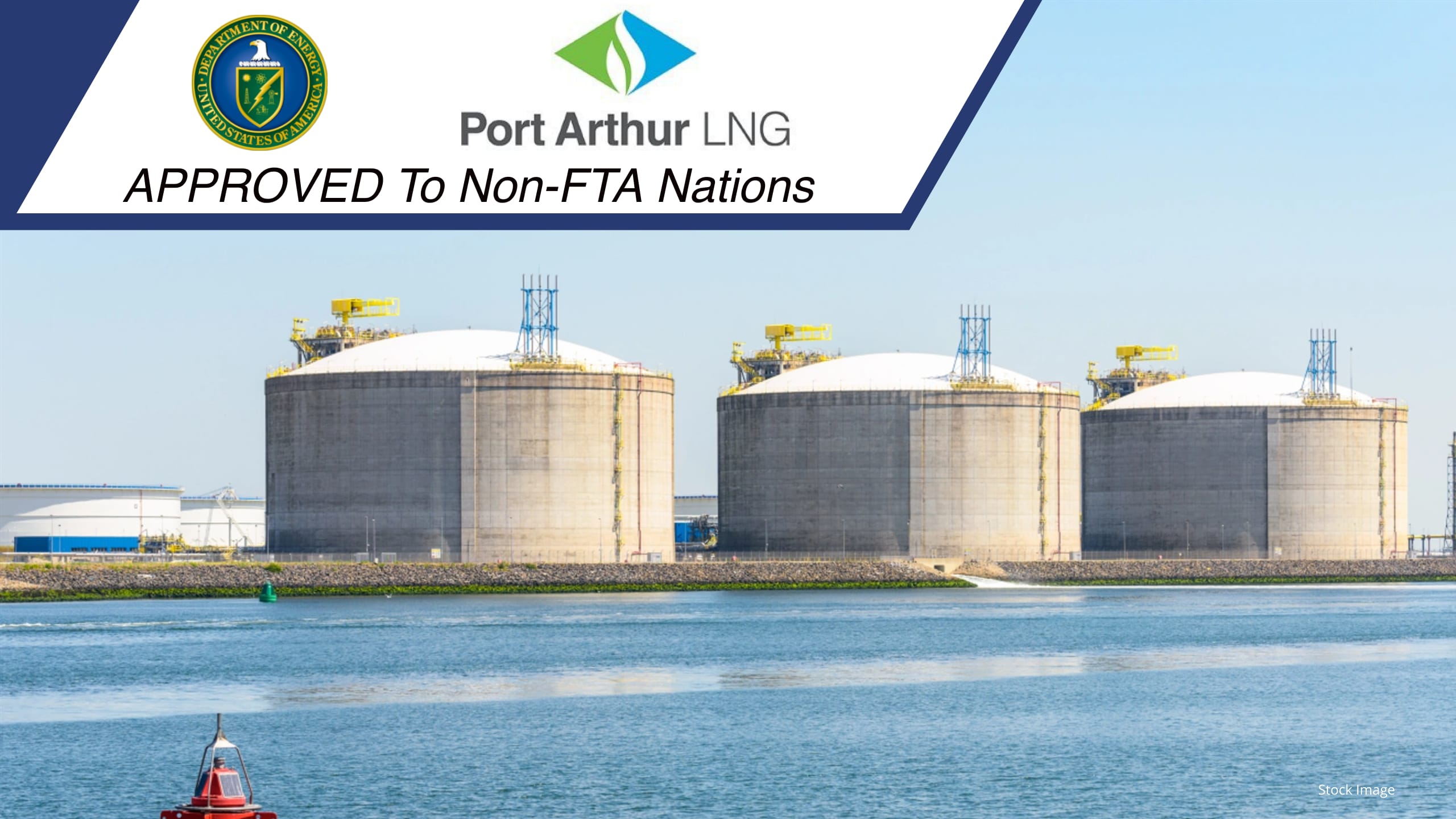The U.S. Department of Energy (DOE) has issued a final authorization allowing Port Arthur LNG Phase II to export domestically produced liquefied natural gas (LNG) to countries without a free trade agreement (FTA) with the United States. The greenlight enables the project to export up to 13.5 million tonnes per annum (Mtpa), or approximately 1.91 billion cubic feet per day (Bcf/d), of LNG from two proposed liquefaction trains in Jefferson County, Texas. This approval builds on the ongoing construction of Port Arthur LNG Phase I and further cements the U.S. Gulf Coast as a strategic LNG hub.
This is the first such authorization under president Trump’s administration, signaling a policy shift from the previous pause on new LNG export permits. Secretary of Energy Chris Wright called the Phase II expansion a critical step in transforming U.S. natural gas resources into a tool for strengthening domestic energy security. He emphasized that the DOE is working to reestablish the United States as the world’s most reliable energy supplier, pointing to the cumulative 11.45 Bcf/d of LNG export approvals granted under the current administration.
Sempra Infrastructure, the developer behind the Port Arthur LNG project, celebrated the DOE’s decision as a “major regulatory milestone.” Justin Bird, CEO of Sempra Infrastructure, said the approval brings the company closer to a final investment decision for Phase II. He added that the expansion project is well-positioned to help narrow the U.S. trade deficit, support energy security goals of global allies, and stimulate economic opportunity at multiple levels. Sempra’s LNG portfolio also includes the Cameron LNG terminal in Louisiana and the upcoming Energia Costa Azul facility in Mexico.
Port Arthur LNG Phase II is expected to double the terminal’s total nameplate capacity to approximately 26 Mtpa, using shared infrastructure from Phase I, including storage tanks and marine export facilities. The new trains are designed to meet rising global demand for U.S. LNG, particularly in Europe and Asia, where countries are seeking to replace higher-emission fuels like coal and fuel oil. DOE officials noted that the project aligns with broader energy policy objectives focused on responsible development, economic competitiveness, and international cooperation.
While Phase I construction began in 2023 with Trains 1 and 2 projected to come online in 2027 and 2028, Phase II remains subject to final investment, commercial agreements, and financing. In recent months, Sempra signed a heads of agreement with a subsidiary of Aramco and selected Bechtel for a fixed-price EPC contract for Phase II. The DOE’s approval clears a major hurdle for the expansion, which is poised to generate long-term benefits for Jefferson County and bolster America’s role as a cornerstone of global energy supply.
by: João Fernando






